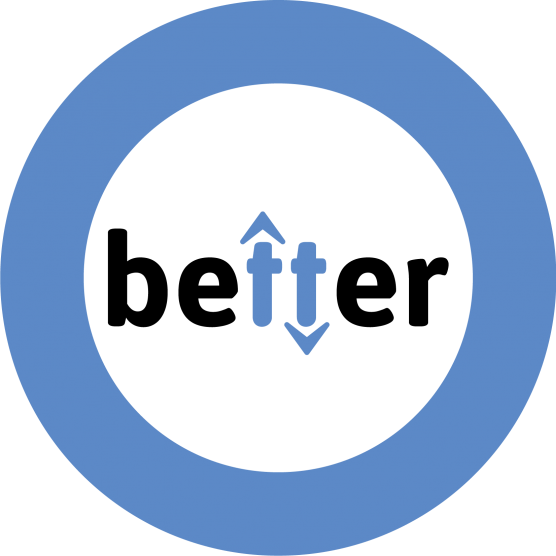People with type 1 diabetes (T1D) have their glycated hemoglobin (HbA1c) level checked regularly. This important value is measured through a blood test every three to six months and reflects average blood sugar levels over the past two to three months.
In the 1980s, a major study with people with T1D showed that the closer HbA1c levels are to the normal range, the lower the risk of long-term complications. Then, in the 1990s, another study explored the best way to get close to the normal range and found that measuring capillary blood sugar and injecting insulin multiples times a day was the best approach.
This may sound simple enough, but today, fewer than one out of four people with T1D achieve the HbA1c recommended target (7.5% or less) set by Diabetes Canada. This statistic is confirmed by the BETTER registry (a kind of census of people with T1D in Quebec), with only 7% of children under 14 years of age achieving the same target. It’s also worth mentioning that there are significant gaps in results depending on ethnicity, socio-economic status, education level, etc.
Six habits for diabetes self-management
Recently, researchers in Michigan looked at the correlation between self-management habits and HbA1c levels. The study was done with 1,200 patients with T1D at the C. S. Mott Children’s Hospital’s pediatric endocrinology clinic.
They identified six habits that have the potential to reduce HbA1c levels and checked whether they were noted in the patients’ electronic medical records.
- Measure blood sugar at least four times per day if the child is not using a continuous glucose monitoring (CGM) system.
- Administer or take at least three rapid-acting insulin boluses per day (including mealtime boluses).
- Administer or take mealtime insulin before starting to eat.
- Analyze blood sugar levels to identify trends at least once in-between medical check-ups.
- Adjust insulin doses at least once in-between medical check-ups.
- Use an insulin pump. Although insulin pump therapy is not a one-size-fits-all option for people with T1D, it should still be discussed.
The study showed that patients who had adopted at least one of these habits had better HbA1c levels than those who hadn’t—and for each habit they had learned, their HbA1c levels were 0.6% lower, regardless of age, ethnicity, type of insurance and education level.
The study also observed that less than 9% of the children had adopted all six habits. This goes to show how difficult it is to follow treatment recommendations and how much more needs to be done to help children with T1D improve their blood sugar levels.
Since most of these habits can be implemented regardless of the type of therapy and insulin used, parents and healthcare teams should discuss realistic strategies that will help achieve blood sugar targets for children.
Référence:
- Lee, Joyce M et al. “Feasibility of Electronic Health Record Assessment of 6 Pediatric Type 1 Diabetes Self-management Habits and Their Association With Glycemic Outcomes.” JAMA network open vol. 4,10 e2131278. 1 Oct. 2021, doi:10.1001/jamanetworkopen.2021.31278à
- “Diabetes Control and Complications Trial (DCCT): results of feasibility study. The DCCT Research Group.” Diabetes care vol. 10,1 (1987): 1-19. doi:10.2337/diacare.10.1.1
Participate in the BETTER registry!

First registry of people living with T1D in Canada.
Learn More








